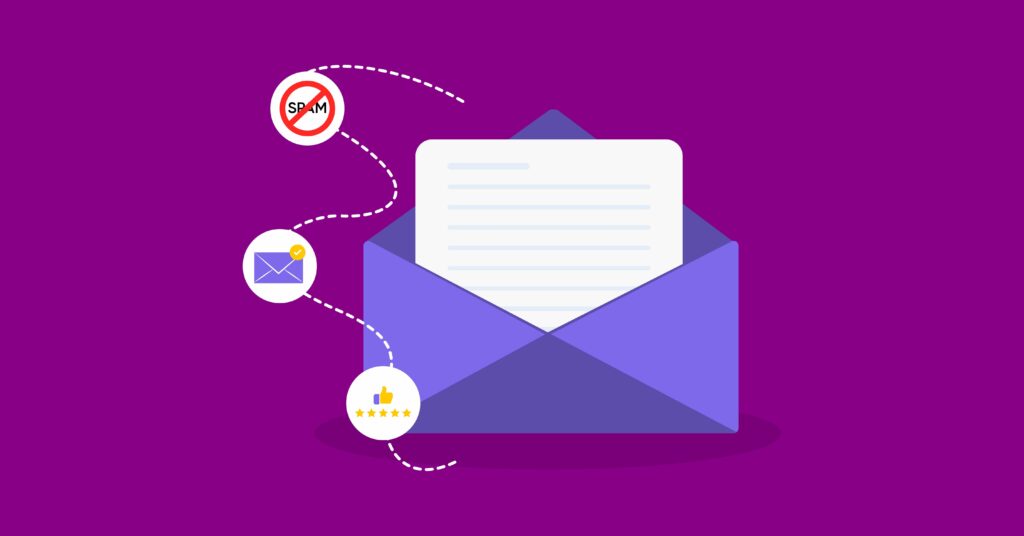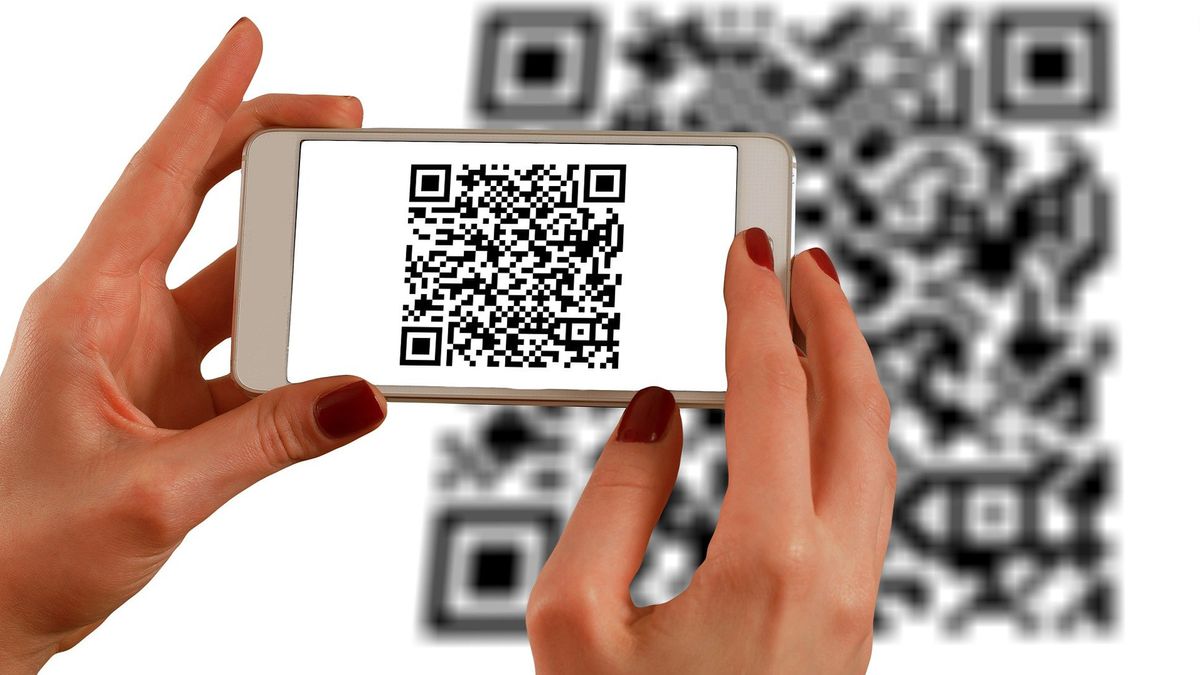The Art of Personalization in Email Communications
Mastering personalization in email communications is key to truly engaging your audience. Personalized emails go beyond simply addressing the recipient by name, focusing instead on delivering content that genuinely interests and engages each individual.
For a deeper understanding of the effectiveness of your marketing emails, consider exploring how various Key Performance Indicators (KPIs) can provide insights into their impact.

More than half of the world's population (over 4.2 billion people) were active email users globally in 2022. By the end of 2026, that figure is projected to be over 4.7 billion. 55 percent of consumers say email is their preferred digital channel for business communication. Discover the smart reasons to use email when corresponding with clients, highlighting its role in effective communication strategies.
Understanding Personalization Beyond Names
Segmentation is crucial: Segmenting your email list based on behaviors, interests, and prior interactions allows for more targeted and effective communication. The impact on engagement is significant: personalized emails have shown to improve both open rates by up to 26% and click-through rates, suggesting that recipients are more inclined to engage with content that feels specifically tailored to them.
For comprehensive guidance on email marketing, consider the complete guide to email marketing, which offers valuable strategies and best practices.
Leveraging Data for Customized Email Content
Involve data analytics: Data analytics provide insights into subscriber behaviors and preferences, guiding the creation of content that meets their specific interests.
Create adaptive content: Strategies for crafting content include adjusting to the recipient’s past interactions, which ensures the email content remains relevant and engaging over time.
Innovative Use of QR Codes in Personalized Emails
QR codes have emerged as a powerful tool for enhancing personalization in email marketing:
Customized experiences: QR codes can be personalized for each recipient, directing them to unique deals or exclusive content.
Versatile applications: These codes can link to personalized landing pages, special offers, or even detailed product information, significantly improving the user experience.
Crafting the Perfect Personalized Email: Tips and Best Practices

Crafting a personalized email requires a thoughtful approach to ensure it resonates with the recipient. Start by doing your research to tailor your message to the individual's interests, needs, or past interactions. Use their name to add a personal touch and avoid generic greetings. Keep the email concise and to the point, focusing on clear, actionable content that provides value to the reader.
Personal stories or relevant anecdotes can make your email more engaging and memorable. Additionally, a clear call to action should guide the recipient to the next steps. Finally, ensure your email is error-free by proofreading it before sending, as this reflects your attention to detail and respect for the recipient's time.
Determine the key aspects that are worth paying attention to:
1. Understand your audience.
2. Write a clear and attention-grabbing subject line.
3. Keep your message concise and to the point.
4. Use a conversational tone.
5. Personalize your message.
6. Make your email scannable.
7. Use active language and strong verbs.
8. Include a clear Call-to-Action (CTA).
9. Proofread and edit your email carefully.
10. Test your email on different devices and email clients.
Integrating QR Codes and Personalization: A Strategy for Engagement
Incorporating QR codes with a personalized touch in email communications opens up a myriad of opportunities for creating more impactful and engaging connections with your audience. This approach should not be an afterthought but a deliberate strategy designed to elevate the recipient's experience and drive meaningful engagement.
QR codes in emails provide a direct and personalized way to engage recipients by offering tailored experiences, such as exclusive offers or interactive content, based on their preferences and past interactions. This approach not only simplifies the user journey but also enhances the sense of personalization, making the experience feel more thoughtful and tailored to each individual.
Integrating QR codes creates seamless transitions from email to mobile experiences, significantly boosting user engagement by facilitating easy access to videos, offers, or surveys, and maintaining high levels of interest and interaction.

Moreover, QR codes offer measurable interactions that supply valuable insights into user engagement and preferences, aiding in refining future personalization strategies for increased campaign effectiveness.
They serve as innovative channels for delivering creative content, like personalized videos, interactive tutorials, or virtual tours, deepening engagement and strengthening the emotional bond with the brand.
Personalized QR codes are also instrumental in prompting immediate actions, building long-term loyalty, presenting an engaging and straightforward method for users to interact with the brand, and creating memorable experiences that encourage repeated engagement.
To effectively integrate QR codes and personalization, consider the following steps:
1. Segment Your Audience: Identify different segments within your email list to ensure that the content and offers linked via QR codes are highly relevant to each group.
2. Customize QR Code Destinations: Ensure the landing pages or content accessed through QR codes are customized to reflect the interests and behaviors of the segment it's targeting.
3. Test and Learn: Continuously test different QR code placements, designs, and calls-to-action to learn what works best for your audience, and use these insights to refine your strategy.
4. Feedback Loop: Encourage feedback through your QR code experiences to understand user perceptions and improve future campaigns.
By thoughtfully integrating QR codes into personalized email strategies, marketers can create distinctive and memorable experiences that resonate with recipients, drive engagement, and build lasting relationships.
Future Trends in Email Personalization
Email marketing, a cornerstone of digital marketing strategies for decades, is poised for transformative changes in 2024. As technologies evolve and consumer expectations shift, marketers are adapting innovative approaches to engage and connect with audiences. Here’s a glimpse into the future of email marketing and the trends shaping its evolution:

1. Interactive Experiences: Introduction of interactive elements like polls, quizzes, and mini-games in emails to increase engagement and gather data.
2. Advanced Personalization: Utilization of AI and machine learning for highly personalized email content based on individual behaviors and preferences.
3. Privacy-First Approach: Increased focus on transparency and consent in data collection, with a shift towards zero-party data and clear opt-out options.
4. Integration of Chatbots: Use of chatbots in email campaigns for real-time interaction, including product recommendations and assistance in purchases.
5. Rise of Short-Form Video: Incorporation of engaging video snippets from platforms like TikTok and Instagram Reels to enhance storytelling and product showcasing.
6. Omnichannel Integration: More integrated email marketing campaigns that connect with social media, websites, and physical stores for a cohesive customer experience.
7. Smarter Automation: AI-driven improvements in email automation for personalized workflows, behavior-triggered emails, and campaign optimization.
Additionally, the text predicts the use of augmented reality (AR) and virtual reality (VR) for more immersive product experiences and the development of voice-activated email functionalities.
Conclusion
To effectively engage audiences in email communications, one must master personalization. Utilizing data analytics, segmentation, and cutting-edge technologies like QR codes, firms may provide personalized, pertinent material that appeals to recipients. The user experience is improved, engagement is increased, and better relationships are fostered by incorporating these individualized features.
A focus on personalization will continue to be essential for effective email strategies and long-term client loyalty as email marketing changes with trends like artificial intelligence, interactive content, and privacy-first methods.



